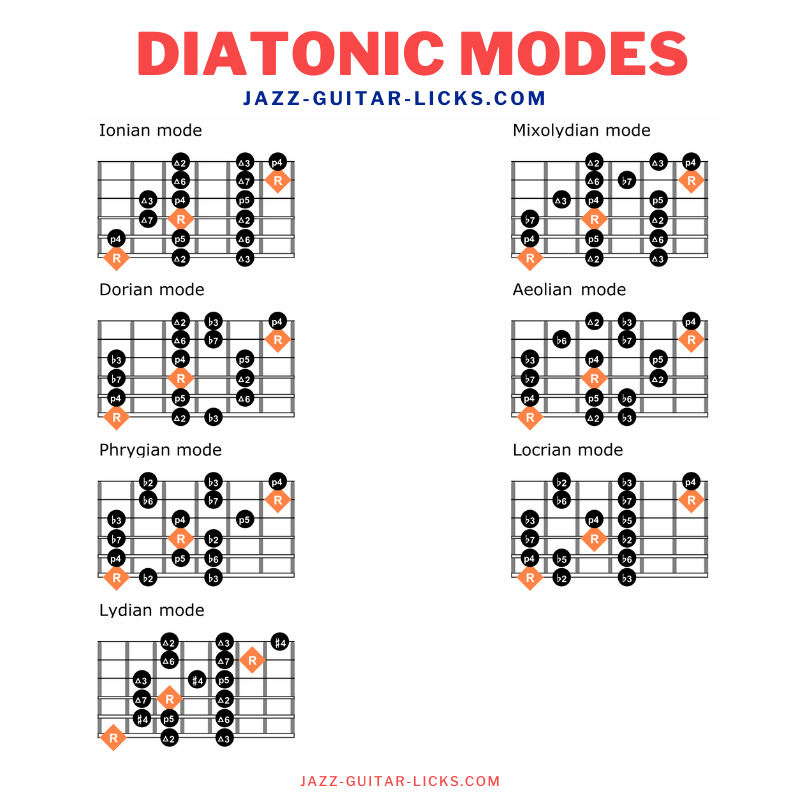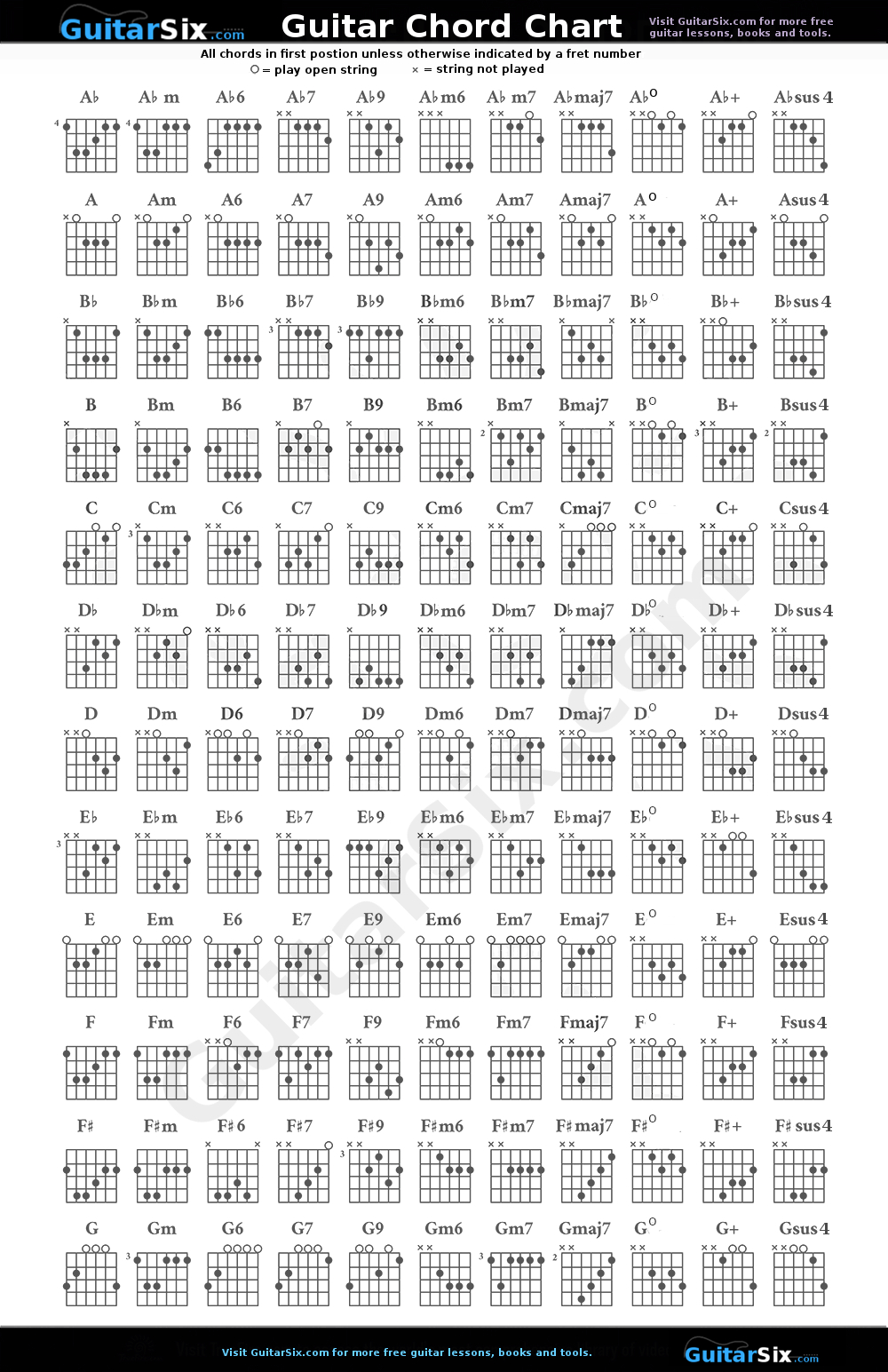


Alternatively, if you strung "A," "C," and "E," together, you'd be playing an A Minor Chord. If you were to play the notes "C," "E," and "G" together, for instance, you would be playing a C Major Chord.

The notes you group together will change the sound of a chord, obviously, and will also change the name of the chord you are playing. You can play them melodically, one note at a time, or harmonically, with all the notes sounding together, but they're chords all the same. A chord is any grouping of three or more notes. You probably already understand what a note is. More Guitar Chord Chartsīefore diving into how you can play chords on your guitar, it might help if you understood what a chord is, no? Feel free to skip ahead if you already have a basic understanding of how chords are defined. If you're lost on what a chord is, you'll also want to read this guide, as we'll be laying out all that tricky music jargon in easy-to-grasp terms. In the interest of giving you a leg up in your guitar studies, we've put together this guide to lead you through everything you'll need to know if you want to jump in and start learning chords effectively.įollow these tips, and you'll not only be able to understand what all those dots, numbers, and symbols mean - you'll be able to translate that into playing any chord you want on your guitar. Both chords and the ways they are commonly written can be confusing. There's a rub beginner players often encounter, though.
#ONLINE GUITAR CHORD DICTIONARY PDF#
Download the Guitar Chords Chart Printable PDF Learning Guitar Chords


 0 kommentar(er)
0 kommentar(er)
